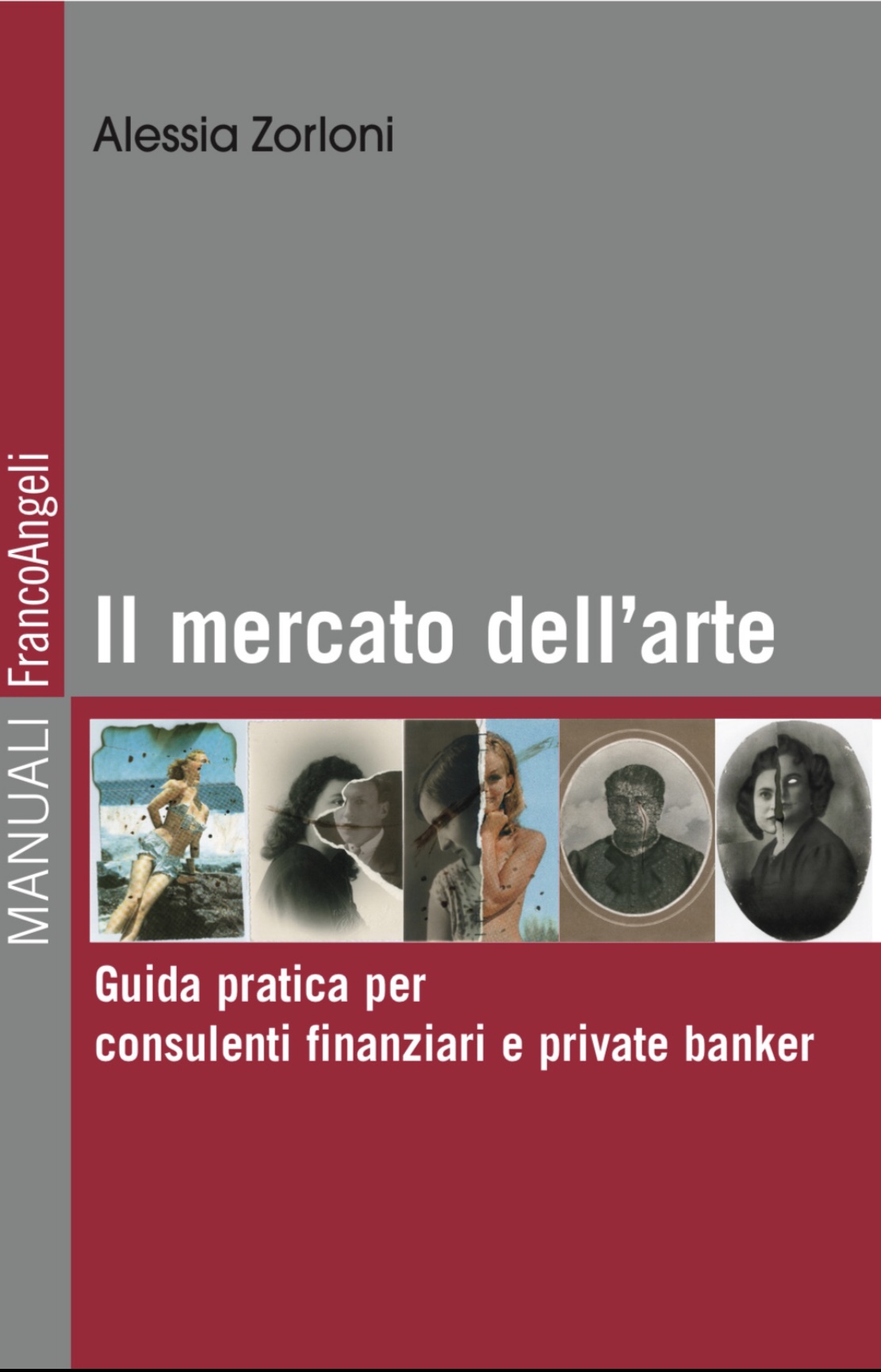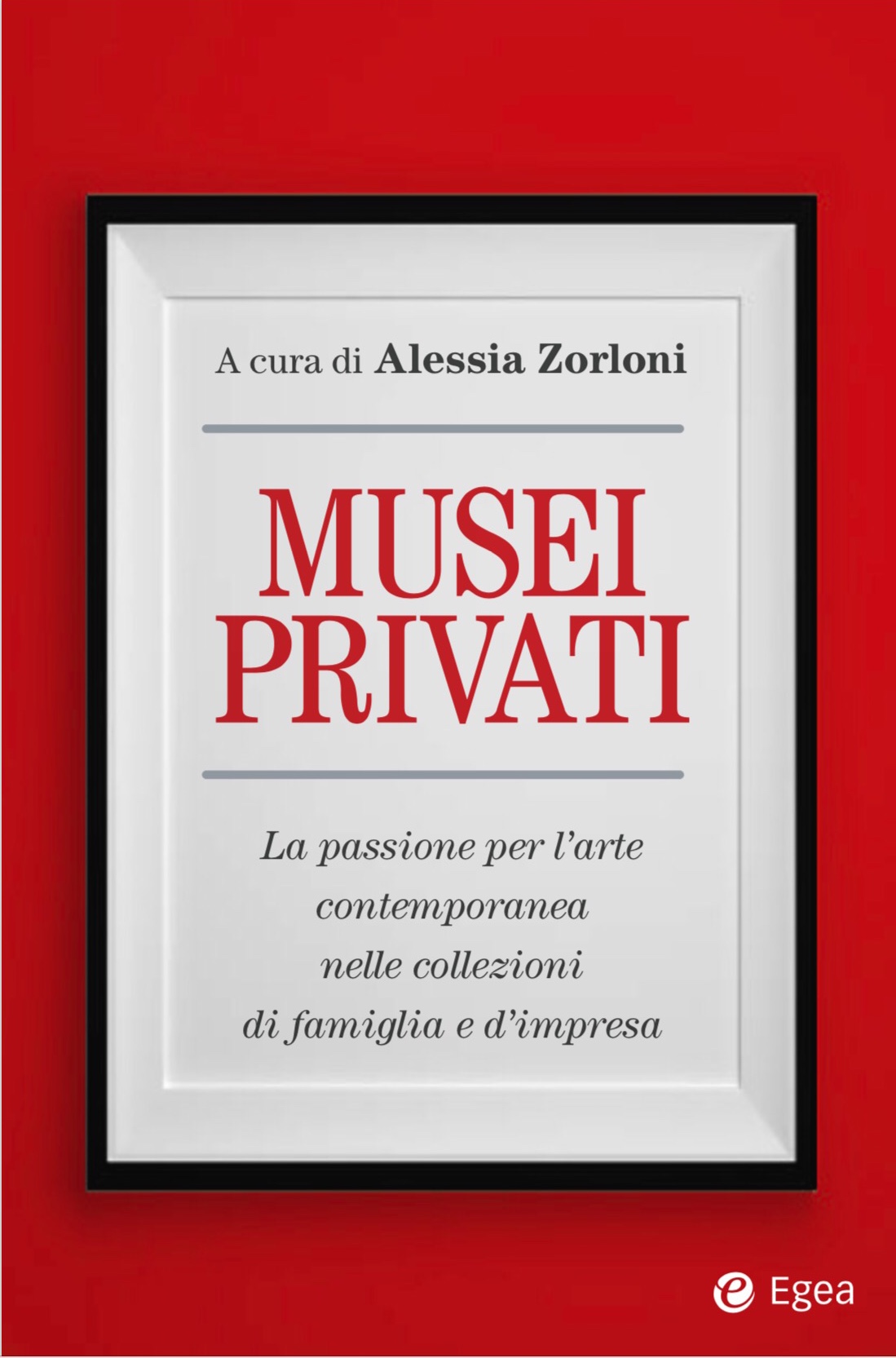Designing a Strategic Framework to Assess Museum Activities
Alessia Zorloni
International Journal of Arts Management, vol. 14, n. 2, 2012

The objective of this article is to construct a model for evaluating the performance of art museums based on the balanced scorecard and to address the topic by determining which strategic dimensions museums consider key factors in their success. The article makes several contributions. First, it presents a theoretical framework for assessing value creation in the museum sector, along with evidence of a lack of a method currently for evaluating the performance of art museums. Second, it discusses the balanced scorecard framework as a means for framing and focusing the strategic goals and activities of museums. Using data collected in in-depth interviews with museum executives in London, New York and Washington, the article identifies nine areas crucial to the success of most museums: preserving collections, strengthening research, increasing public engagement, maximizing collaboration, serving the mission through organizational excellence, attracting and developing staff capacity, enhancing competitor intelligence, advancing museum governance and accountability, and managing and increasing financial support. Finally, the article proposes a framework for assessing museum activities and demonstrates how the model can be implemented.


